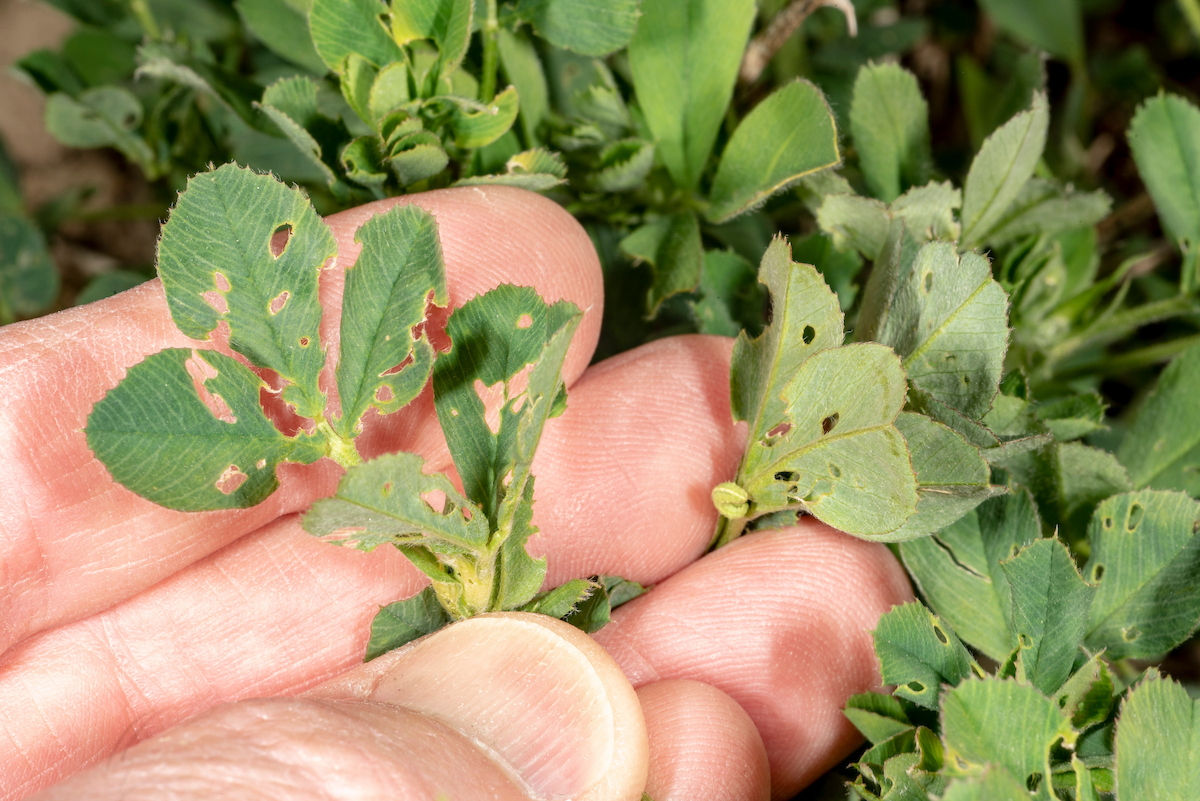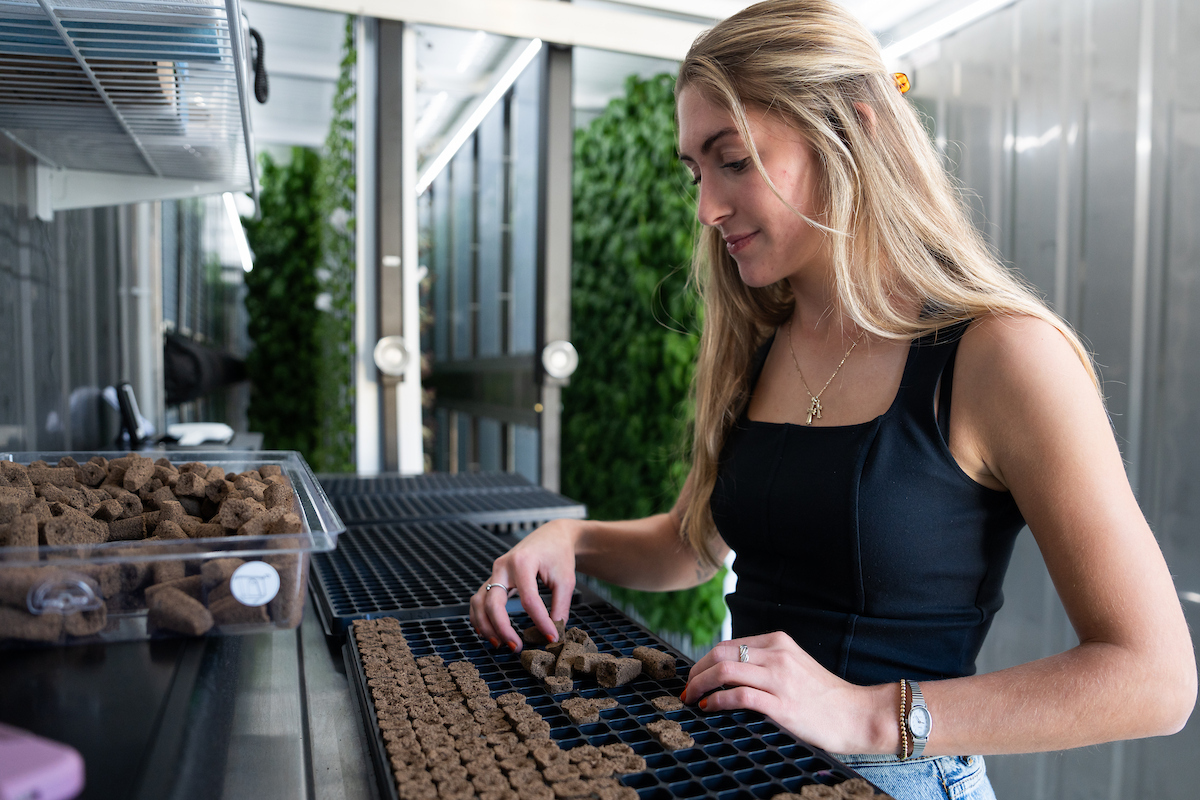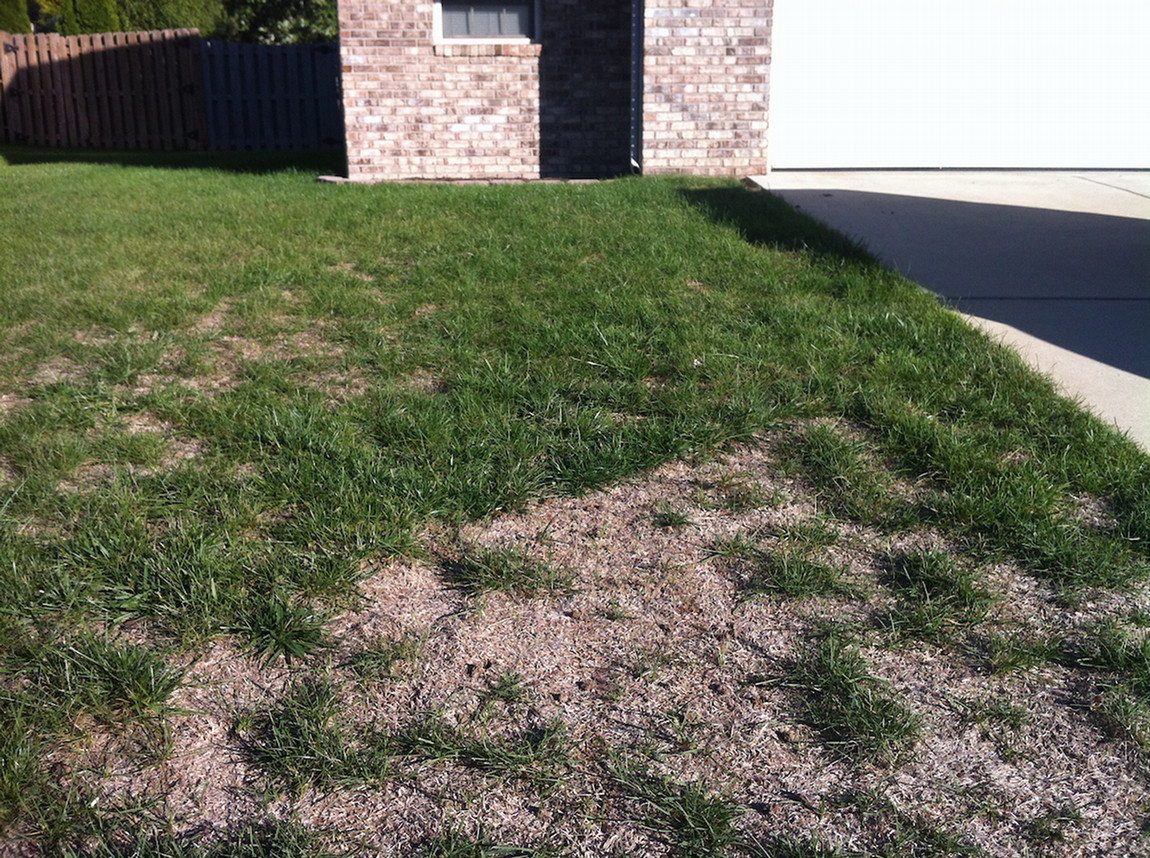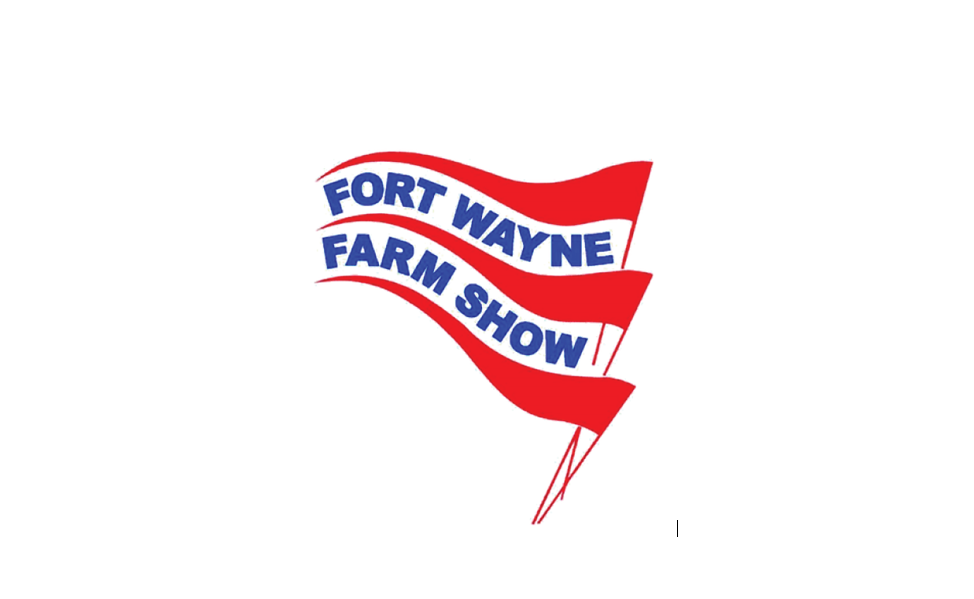New Invasive Insect Pest Found in Indiana
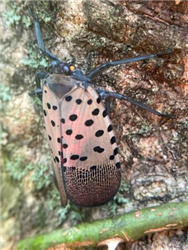
While many Whitley County residents were enjoying the 2021 4-H Fair in July, Indiana Department of Natural Resources (DNR) officials investigated and confirmed the presence of an invasive insect called spotted lanternfly in southeastern Indiana. “This federally regulated invasive species has a detrimental impact upon plant growth and fruit production, especially in vineyards and orchards,” reported Indiana DNR.
Spotted lanternfly (SLF) is a planthopper native to Asia. It was first discovered in Pennsylvania in 2014, and Penn State Extension has led research efforts on the pest in recent years in cooperation with the Pennsylvania Department of Agriculture.
“If not contained, spotted lanternfly potentially could drain Pennsylvania’s economy of at least $324 million annually, according to a study carried out by economists at Penn State,” states Penn State Extension’s website on SLF. It demonstrates why we are seriously concerned with the discovery of this pest in Indiana, the farthest west in the United States that it has been confirmed.
Cliff Sadof, Purdue entomologist, and Elizabeth Barnes, exotic forest pest educator, recently authored an article about the discovery of this pest in Indiana in The Purdue Landscape Report.
“Finding this pest this far west of its previously known distribution makes it possible for SLF to be anywhere in Indiana,” they said.
“Adult spotted lanternfly has two sets of wings, and the underwing has a very distinct red color with spots on the outer wings,” they said. “The fourth instar of the insect is bright red with black and white markings.” Instars are immature and smaller forms of the insect. As it feeds and grows, it molts (sheds an exoskeleton) to advance to the next and larger instar stage. First through third instars of SLF are only black with white spots. The fourth instar exhibits the striking red color with black markings and white spots. It is the last stage before becoming a mature adult with fully developed spotted wings.
What makes this insect particularly difficult to contain is that it excels as a hitchhiker, and it feeds on a wide variety of plants. They can spread by vehicle transport, including recreational vehicles, trucks and freight trains. They can also move on shipped materials.
“Spotted lanternfly prefers to feed on tree of heaven (Ailanthus altissima), but it has been found on more than 103 species of plant including walnut, oak, maple and various fruit trees,” the Purdue experts said. “This insect is often found on grapevines in vineyards.”
“Adults have piercing-sucking mouthparts and weaken the plants through feeding on them, which can make it difficult for the plant to survive the winter months,” they said. “Congregating spotted lanternfly insects produce a sticky substance called ‘honeydew’ in large quantities that over time becomes infested with sooty mold that attracts other pests in the area.”
“Right now, the Indiana DNR is asking for all citizens to keep an eye out for spotted lanternfly,” they said. “The bright color of late stage immatures and adults are easily recognized at this time of the year.”
Some may confuse SLF with annual cicadas, tiger moths, milkweed bugs, boxelder bugs or other insects.
Anyone who spots signs of the spotted lanternfly should contact the Indiana Division of Entomology and Plant Pathology (DEPP) by calling 866-NO EXOTIC (866-663-9684) or send an email (with a photo of the insect if possible) to DEPP@dnr.IN.gov. Locally, you may also start with your county Purdue Extension office. We should be able to help you sort out look-alikes from the real thing.
Find information from Indiana DNR at: https://www.in.gov/dnr/entomology/pests-of-concern/spotted-lanternfly/. Find pictures and additional details on SLF in the recent article by Sadof and Barnes at: https://www.purduelandscapereport.org/article/spotted-lanternfly-found-in-indiana/.

